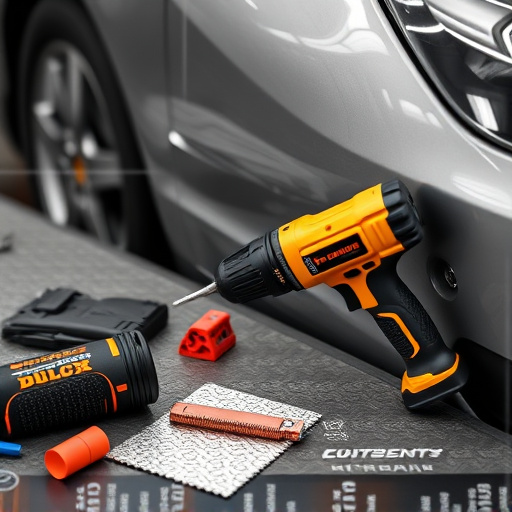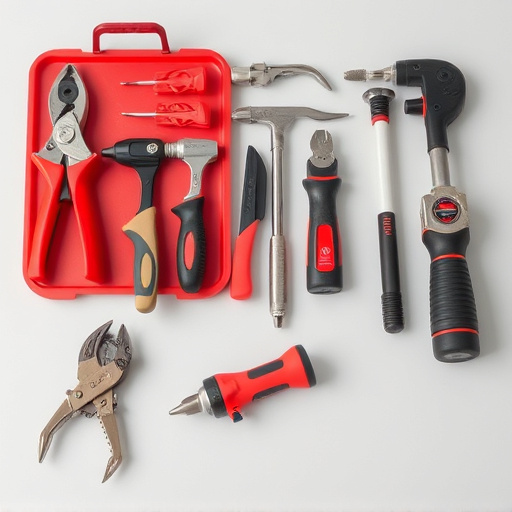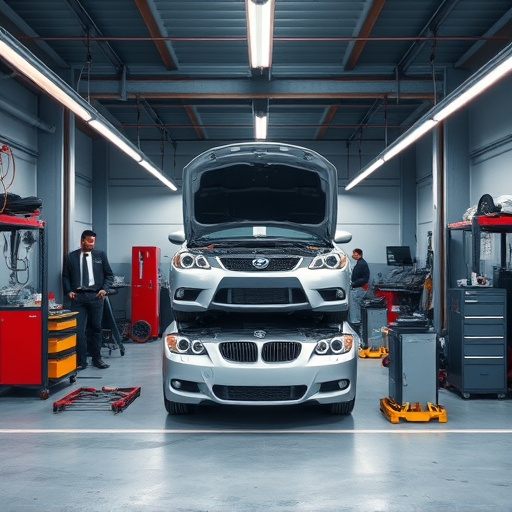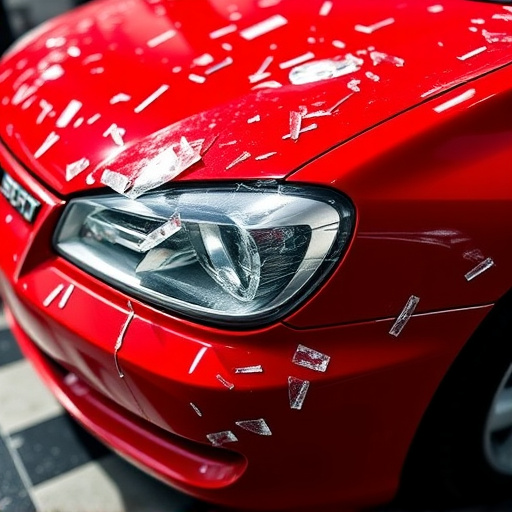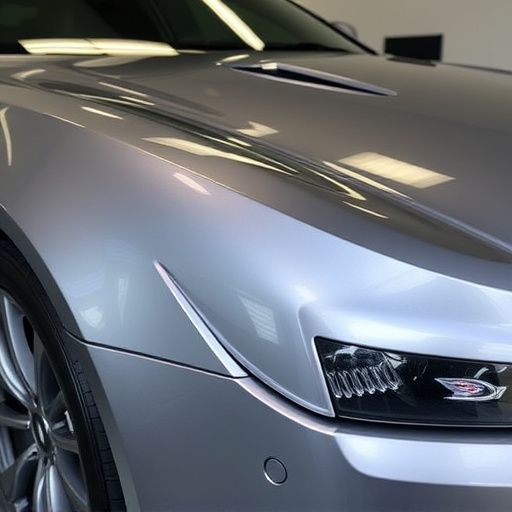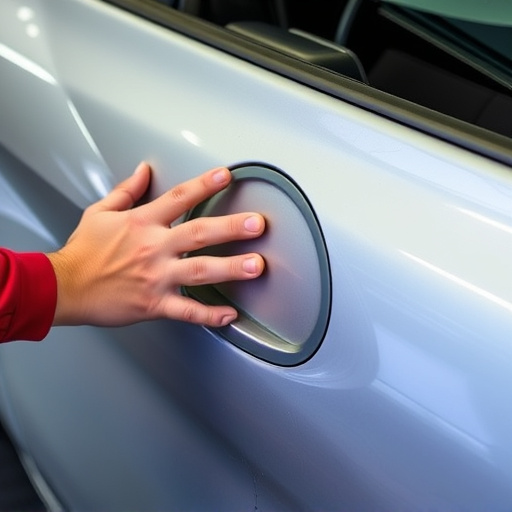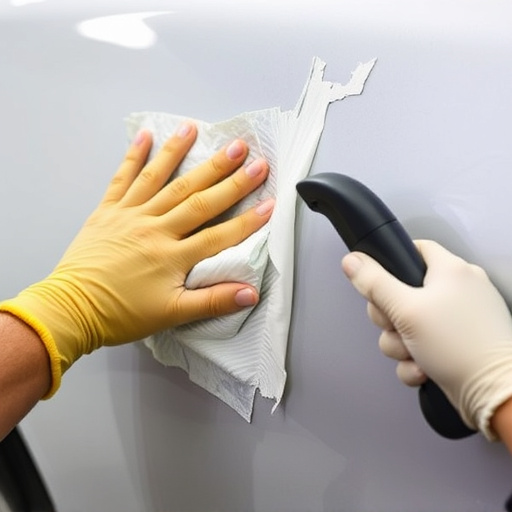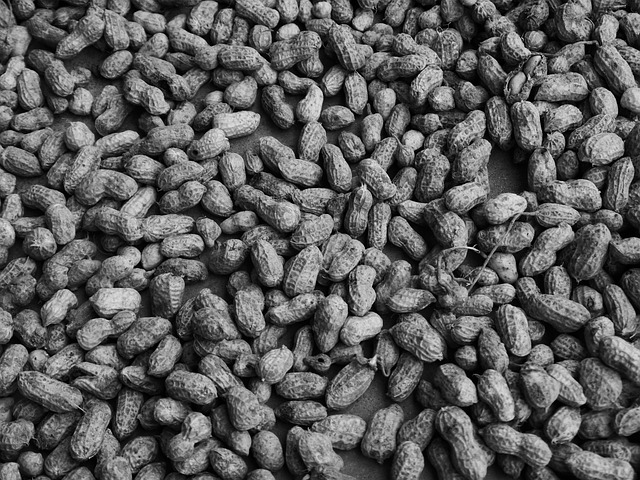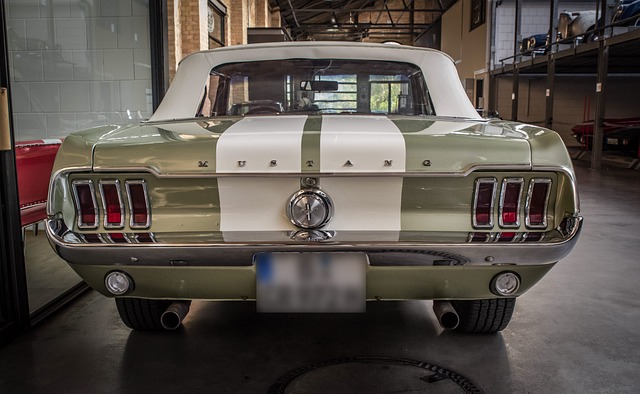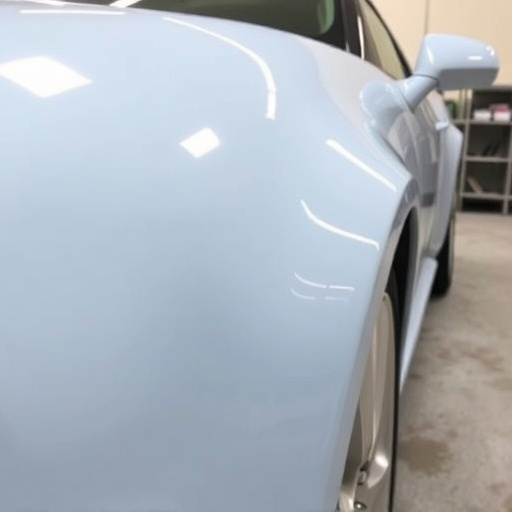Tesla requires high-performance Tesla-approved adhesives for aluminum and composite materials, prioritizing structural integrity and safety. These adhesives must withstand extreme conditions and offer excellent bonding strength, corrosion resistance, thermal stability, and impact resistance to ensure optimal performance and reliability after collision repairs. Specifically designed for Tesla vehicles, these adhesives revolutionize autobody repairs, enhancing safety, performance, and aesthetic appeal while maintaining the brand's design standards. Choosing the right Tesla-approved adhesive and understanding application techniques are crucial for achieving high-quality repairs that meet modern automotive craftsmanship standards.
“In the pursuit of innovative vehicle manufacturing, understanding Tesla’s specific adhesive requirements for aluminum and composite materials is paramount. This article delves into the unique needs of these advanced materials, focusing on ‘Tesla-approved adhesives’. We explore key properties that ensure structural integrity and performance. Additionally, we provide practical guidance on selection and application, highlighting best practices to optimize adhesive performance in electric vehicles.”
- Understanding Tesla's Adhesive Requirements for Aluminum and Composites
- Key Properties of Tesla-Approved Adhesives for These Materials
- Selecting and Applying Adhesives for Optimal Performance in Vehicles
Understanding Tesla's Adhesive Requirements for Aluminum and Composites
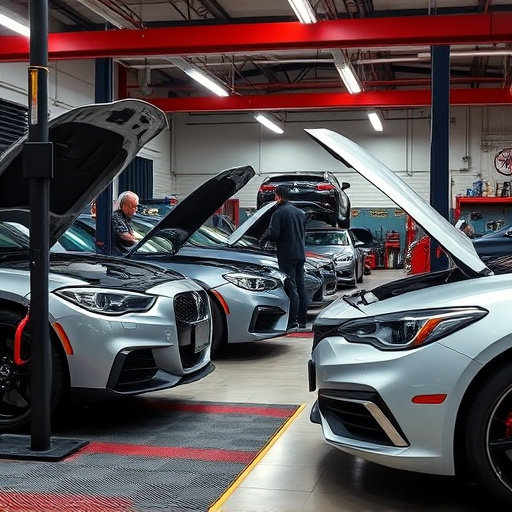
Tesla, a pioneer in electric vehicles, has specific adhesive requirements for its aluminum and composite materials to ensure structural integrity and performance. When it comes to vehicle collision repair and automotive repair involving Tesla vehicles, using the right adhesives is paramount. The company demands adhesives that can withstand extreme conditions, from high temperatures generated during manufacturing processes to the demanding environmental factors encountered by electric vehicles on the road.
For aluminum, Tesla prefers adhesives with excellent bonding strength, corrosion resistance, and thermal stability. Composites, on the other hand, require adhesives capable of adhering to a variety of material surfaces, including carbon fiber and fiberglass, while maintaining flexibility and impact resistance. These stringent requirements reflect Tesla’s commitment to safety, performance, and reliability in auto body services, ensuring that their vehicles meet the highest standards even after potential vehicle collision repair incidents.
Key Properties of Tesla-Approved Adhesives for These Materials

Tesla-approved adhesives for aluminum and composite materials are designed to meet stringent performance standards set by the company. These adhesives possess key properties that ensure robust bonding, structural integrity, and long-lasting durability, which is essential for electric vehicles’ lightweight yet sturdy construction. Key among these properties include high tensile strength, excellent thermal stability, and resistance to corrosion, all of which are critical in withstanding the demanding conditions of automotive body work and autobody repairs.
Moreover, Tesla-approved adhesives offer superior adhesion to these materials, ensuring that car scratch repair and other maintenance tasks can be performed effectively without compromising the vehicle’s structural integrity. They also provide good flexibility and resistance to impact, vibration, and chemicals, making them ideal for use in various automotive applications. These advanced adhesives play a crucial role in revolutionizing the way we approach autobody repairs, enhancing safety and performance while maintaining the sleek design aesthetic that Tesla vehicles are known for.
Selecting and Applying Adhesives for Optimal Performance in Vehicles
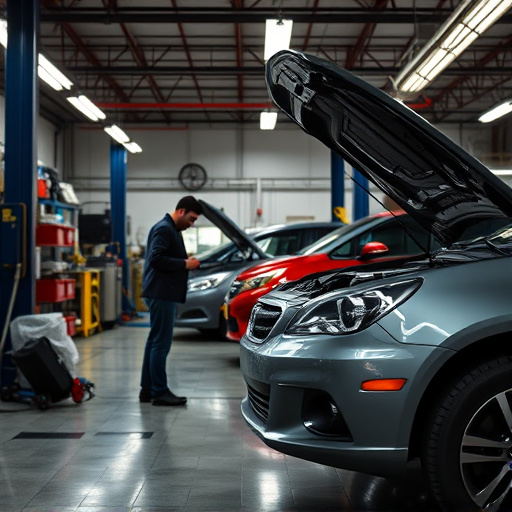
When selecting adhesives for Tesla vehicles or any automotive application, it’s crucial to consider specific material requirements. Aluminum and composite materials demand adhesives tailored to their unique properties, ensuring superior bonding strength and durability. Tesla-approved adhesives are designed with this in mind, offering enhanced performance and safety features.
Proper application is key to achieving optimal results. This involves understanding the adhesive’s working time, curing process, and environmental conditions. For instance, during hail damage repair or bumper repair, using a Tesla-approved adhesive ensures that autobody repairs are not just visually appealing but also structurally sound, enhancing vehicle longevity. This meticulous approach guarantees that every repair, from minor dent removal to complex composite panel replacements, meets the highest standards required for modern automotive craftsmanship.
Tesla-approved adhesives, specifically designed for aluminum and composite materials, are pivotal in enhancing vehicle performance and safety. By understanding the unique adhesive requirements of these materials and selecting the right products, manufacturers can ensure optimal bonding strength, durability, and long-term reliability. These advanced adhesives not only streamline production but also contribute to lighter, more efficient vehicles that meet Tesla’s stringent standards. Incorporating Tesla-approved adhesives is a key step towards revolutionizing the automotive industry with innovative, high-performance solutions.

